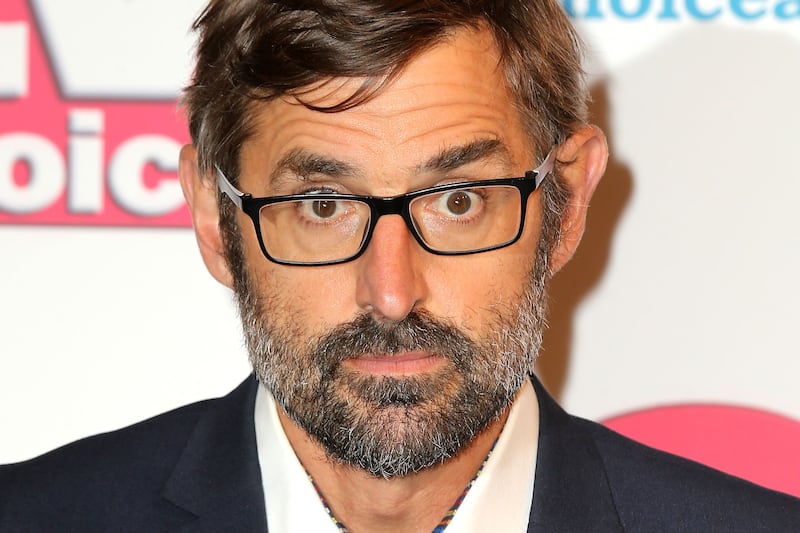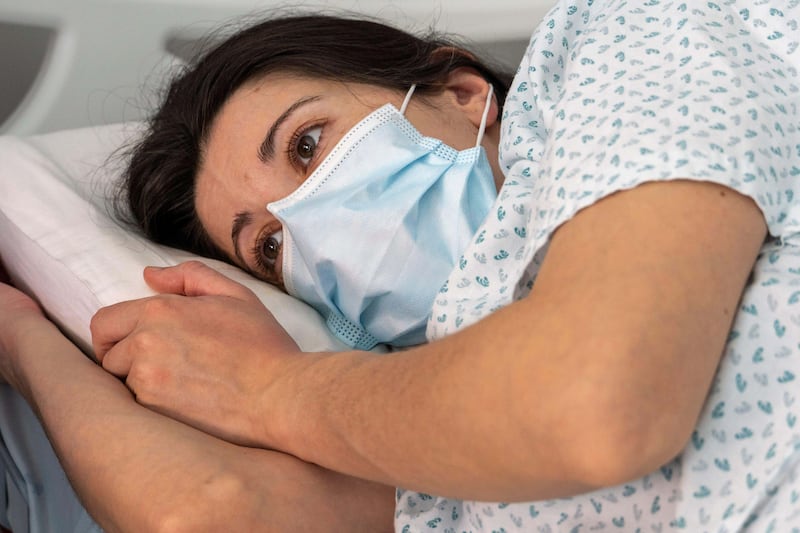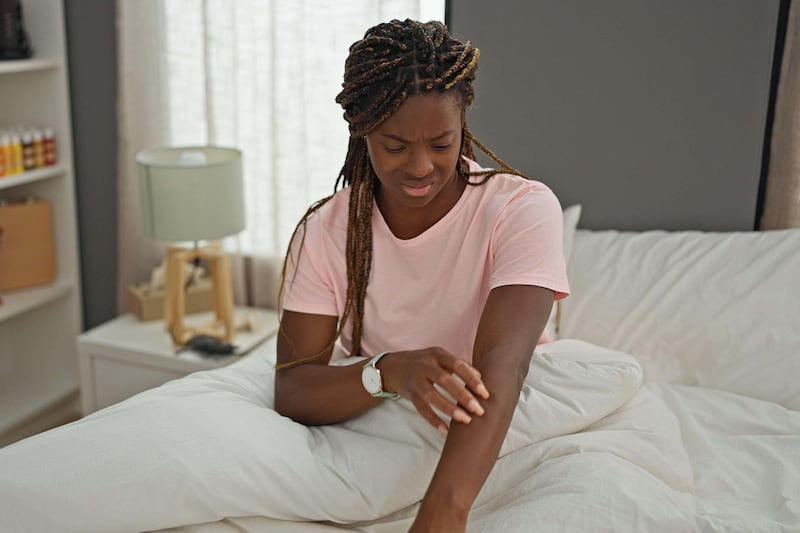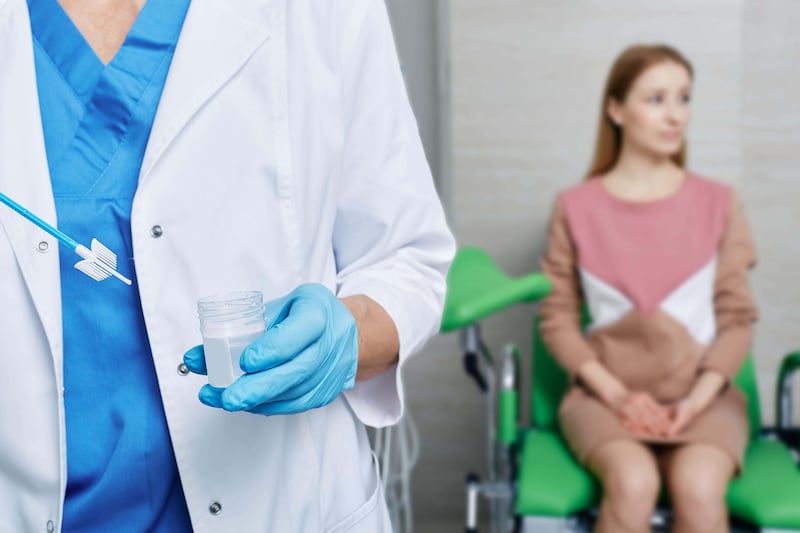A FIVE-MINUTE blast of ultrasound is being used to treat glaucoma, one of the leading causes of blindness.
Research on more than 60 people suggests that the treatment helps in eight out of 10 patients, and that the effects last at least two years.
Glaucoma develops when pressure builds inside the eye.
In a healthy eye, fluid called the aqueous humour nourishes the lens and maintains the eye's shape. But if too much of this fluid is produced or if the drainage channels at the side of the eye become blocked, pressure in the eyeball can build up.
This can damage the optic nerve, which carries vital messages from the eye to the brain, resulting in a gradual loss of sight. The process can be so gradual that the condition is often only detected during a routine eye test.
Treatments include eye drops to reduce the amount of fluid made or to improve the drainage.
But the drops don't work for all, and some patients forget to use them, according to a 2019 study in the Journal of Ocular Pharmacology and Therapeutics.
The other option is surgery or laser treatment to open up the blocked drainage tubes or reduce the production of fluid in the eyes, although each procedure carries risks and may not be effective.
Ultrasound, by contrast, is a non-invasive treatment - it works by triggering shockwaves or vibrations that can break up tissue with pinpoint accuracy.
The ultrasound device, which resembles a tiny telescope, has a disposable cone tip with ultrasound emitters around it, connected to a generator.
First the patient's eye is numbed with anaesthetic drops, then the device, developed by Eye Tech Care in France, is positioned over the eye. It fires pulses of ultrasound on to the ciliary body, the area of the eye that pumps out the aqueous humour.
In the weeks following the treatment, the pressure reduces as less aqueous humour is produced - although enough is made to keep the eye healthy. The procedure can be repeated if necessary.
As part of a two-year study by ophthalmologists at Genoa University and other centres in Italy, 66 patients were treated with the device. The results, reported in the journal Scientific Reports, showed that overall patients had a 40.5 per cent drop in pressure.
'Success' in treatment terms is where the eye pressure falls below 21 mmHg, at which point no treatment is required - in 68 per cent of patients, the treatment was a success, with their need for eye drops halved.
Ten per cent of patients were classed as a complete success, with eye pressure below 21 mmHg.
Gwyn Williams, a consultant ophthalmologist at Singleton Hospital in Swansea, says: "Lasers have been tried and had similar effects, but they have serious side-effects. This might be a useful alternative, although the work into ensuring its safety is only just beginning."
© Daily Mail







